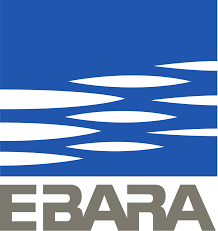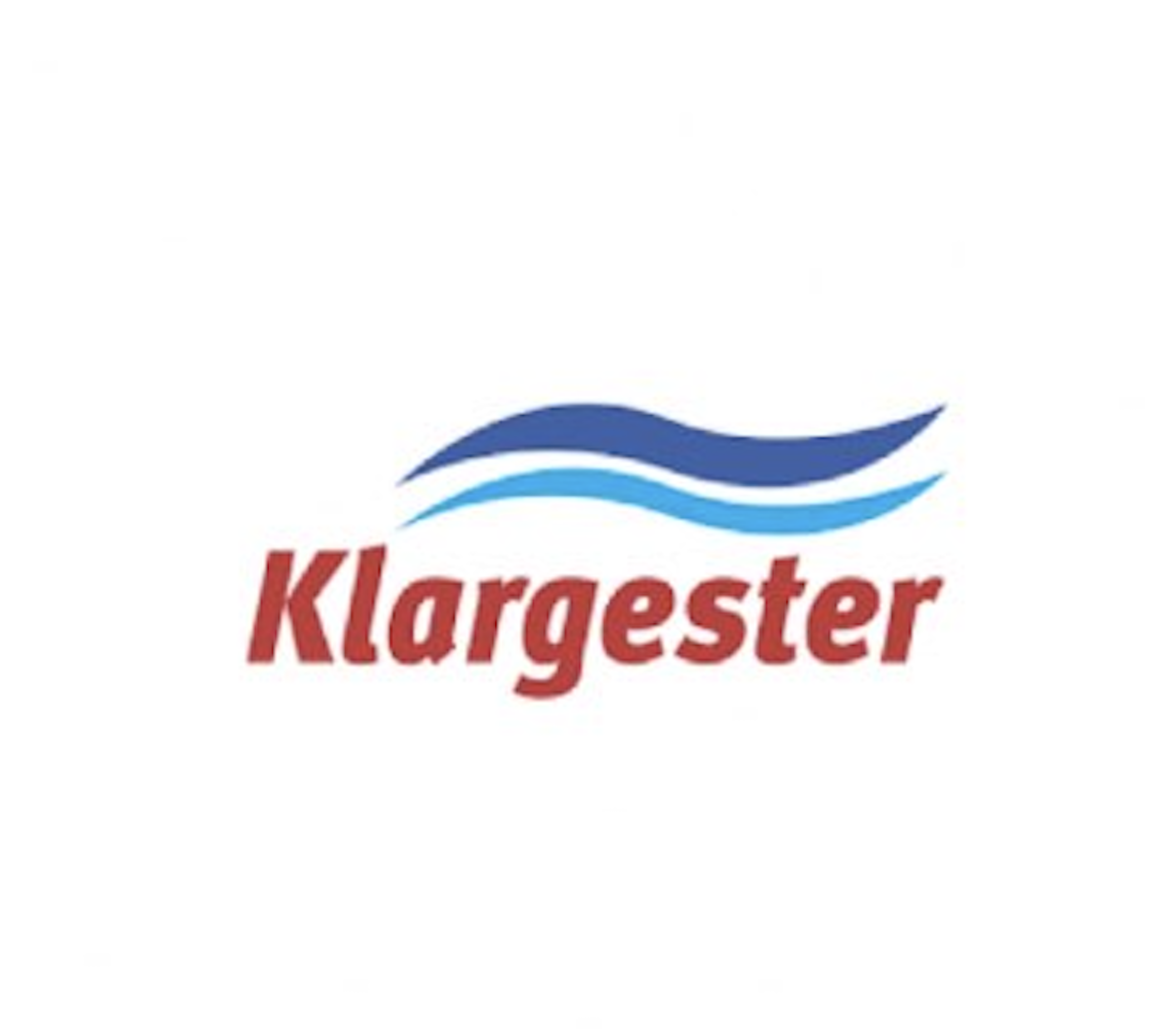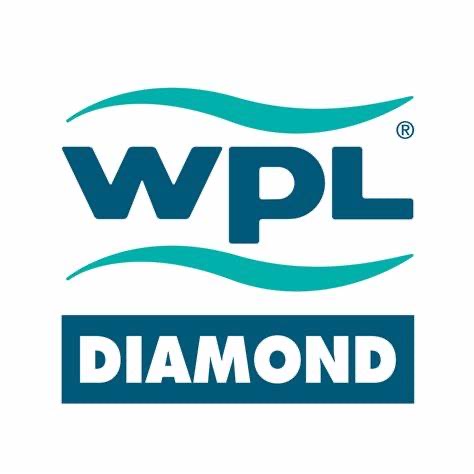H2O Pump And Drainage Services
We are a small family run business with over 35 years in the engineering trade specialising in the sewage industry.
We deal with the servicing and maintenance of most sewage treatment plants, septic tanks, pump stations and aeration/submersible pumps. We also stock most parts for these units or can get them within 24 hours from our suppliers.


Treatment Plant
Septic Tank
Pump Station
Follow These Simple Instructions To Keep Your System At Its Highest Performance
DO
- Try to stick to the same brands of cleaning products, your unit will become quite tolerant to the brands you use.
- Use liquids instead of powders e.g. washing and dishwasher liquids are kinder to the bacteria in the unit
- Spread out your washing through the week, don’t have a ‘washing day’
- Service your unit at least once a year, It only takes about 1 hour, and will keep your tank functioning properly
- Keep the lid of the unit accessible, It will be easier for servicing and pumping
- If you experience a problem, call us or a professional only let experts look after your unit
DON’T
- Throw any medicines down the sink/toilet, antibiotics will kill your unit
- Empty large amounts of detergents and bleach down the sink/toilet. Pour the buckets down your outside drains, as these are not connected to the unit
- Allow anti-bacterial substances, (hand wash, dettox, etc) to enter the unit these will KILL the unit. Apply the products with kitchen towels and throw them in a bin
- Pour sterilizing fluids (Milton, etc.) down the sink, these will KILL the unit
- Pour milk down the sink, the BOD (Biological Oxygen Demand) of milk is too high and the bacteria will suffer
- Put sanitary items, nappy liners, baby wipes, cotton wool, etc. down the toilet, cotton wool ‘shreds’ when wet, is very slow to degrade and blocks everything
- Empty cooking oil down the sink the oil will coat and smother the friendly bacteria in your unit
- Allow a ‘hot tub’ ‘spa’ or ‘swimming pool’ to discharge into this unit, the volumes are too great and will create a wave flushing untreated sewage through your unit. If chlorination is used, this will also KILL the bacteria in the unit
- Empty home-brew residues down the sink, yeasts will take over your unit!
- Install a waste disposal unit, the unit would need to be three times the size to digest the additional organic waste produced
- Have your system on high if you have a water softener as too much salt can KILL the bacteria levels in the unit.










